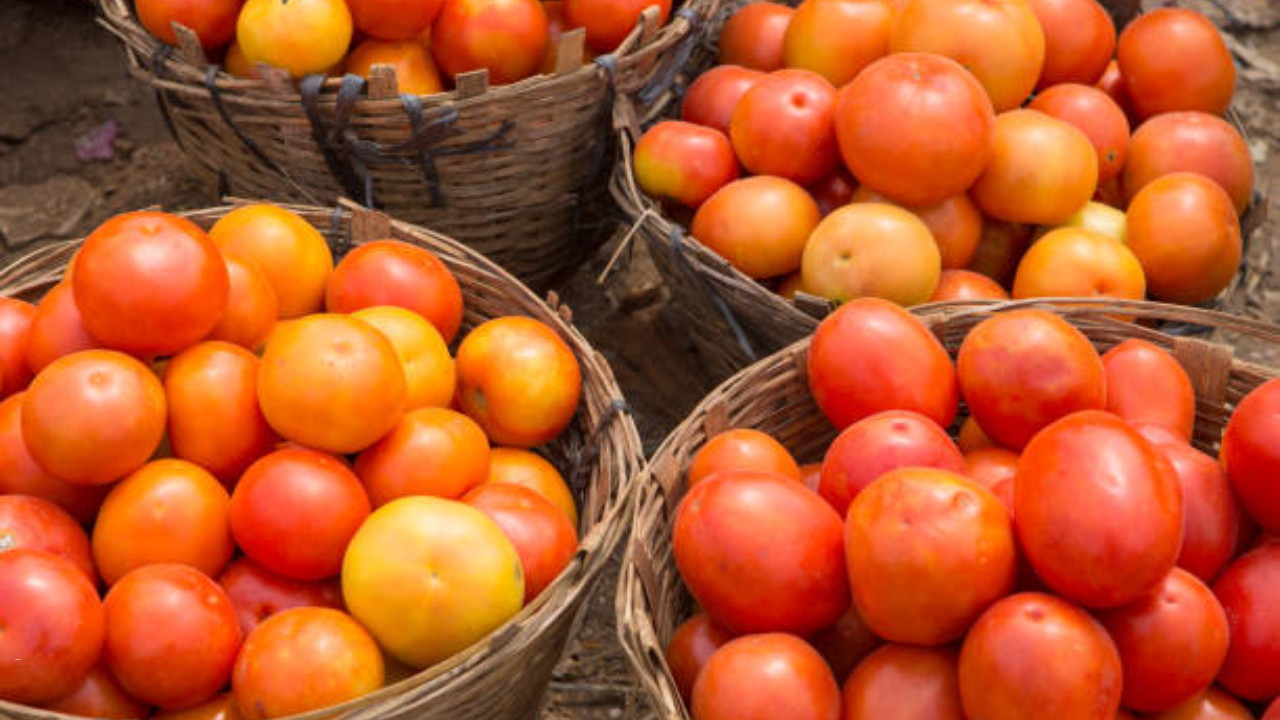Impact of CMV and ToMV on Tomato Crops
Tomato growers in regions like Maharashtra and Karnataka have been facing significant challenges due to the impact of two viruses – Cucumber mosaic virus (CMV) and Tomato mosaic virus (ToMV). These viruses have been causing substantial losses in tomato yields, affecting farmers and the agricultural industry.
The Culprits: CMV and ToMV
CMV and ToMV are the two primary viruses responsible for the loss of tomato yields. Cucumber mosaic virus (CMV) affects crops in Maharashtra, while Tomato mosaic virus (ToMV) affects crops in Karnataka and other South Indian states. Both viruses belong to different viral families but share similarities in terms of the damage they cause to crops.
How Do CMV and ToMV Spread?
ToMV primarily spreads through infected seeds, saplings, agricultural tools, and human touch. It only takes a few infected saplings to spread the virus rapidly across an entire field. On the other hand, CMV spreads through sap-sucking insects called aphids. While human touch can also contribute to CMV transmission, the chances of this happening are quite low.
Symptoms of Infection
When tomato plants are infected with ToMV, they exhibit symptoms such as alternating yellowish and dark green areas on the foliage, blister-like appearances on the leaves, leaf distortion, twisting of younger leaves, necrotic spots on the fruit, and affected fruit setting. In the case of CMV, cucumber plants are often affected, showing distortion of leaves primarily at the top and bottom, creating a mosaic-like pattern of alternating yellow and green spots.
Controlling the Spread of CMV and ToMV
Controlling the spread of these viruses is crucial to mitigate the significant crop losses they cause. For ToMV, it is important to enforce biosafety standards in nurseries, treat seeds to prevent future spread, discard visibly infected materials, and closely monitor signs of infection throughout the cropping cycle, promptly removing infected plants to prevent further contamination.
Controlling CMV is more challenging due to its wide host range, which includes cucumber, melon, eggplant, tomato, carrot, lettuce, celery, cucurbits, and some ornamentals. To manage CMV, farmers need to employ preventive measures such as spraying quick-acting insecticides or mineral oils to deter aphids, clearing fields of weeds and plant material, and monitoring aphid migration.
Consequences for Tomato Crops
Both CMV and ToMV can have devastating consequences for tomato crops. If left untreated, these viruses can lead to almost 100% crop loss, stunted growth, lower production, and distortion of fruits. The impact extends beyond yield loss and affects the livelihoods of farmers, the availability of tomatoes in the market, and the overall economy of the region.
Month: Current Affairs - July, 2023
Category: India Nation & States Current Affairs


